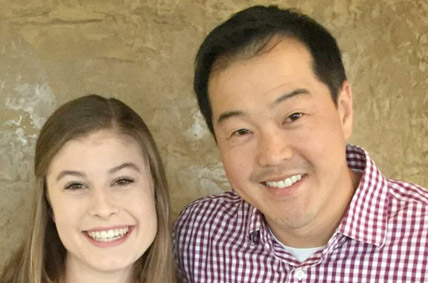What's in my mouth? A Rundown of Orthodontic Appliances
November 17th, 2021

Dr. Quas, Dr. Wiater and Dr. Kang and our team correct the alignment of your teeth and jaws so that you can speak clearly, chew food effectively, and look attractive when you smile. We do this by putting sophisticated gadgets in your mouth. While many of these dental devices look similar, we use a wide variety of orthodontic appliances to straighten your teeth and repair jaw problems.
Orthodontic appliances are devices that move your teeth, change the position of your jaw, or hold your teeth in their finished positions after your braces are removed. These devices may be attached to your teeth or removable.
Braces straighten your teeth. Brackets, bands, and wires characterize traditional braces. Braces are attached to the teeth, so they are not easily removable.
Spacers are small plastic rings fitted between your back teeth before your braces are placed by Dr. Quas, Dr. Wiater and Dr. Kang. These spacers create space between your teeth to optimize the alignment your braces provide.
Retainers hold teeth in their finished position after your braces come off. A Hawley retainer is the most common type of retainer; it features an acrylic plate that rests against the roof of your mouth and a wire crossing in front of your teeth. Essex retainers are quite popular, as they are durable and nearly invisible.
Bite plates correct a deep bite, where the upper front teeth come down too far over the lower front teeth to cause bite problems.
Holding arches prevent the back teeth from moving forward to crowd the front teeth. A lower lingual holding arch prevents your permanent molars from migrating forward. The Nance holding arch maintains space between teeth after you lose baby teeth and before the permanent teeth come in.
A palatal expander widens your upper jaw by separating the bones of your palate. This appliance helps your top and bottom teeth fit together better. The Quad Helix widens your jaws to create more room for crowded teeth.
Contact our Bend, Redmond, Prineville, La Pine or Sisters OR office today to learn more about the ways we can improve the appeal and function of your smile.










 Website Powered by Sesame 24-7™
Website Powered by Sesame 24-7™